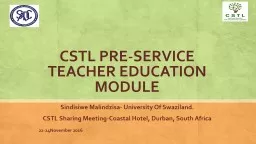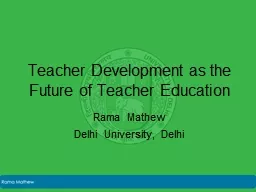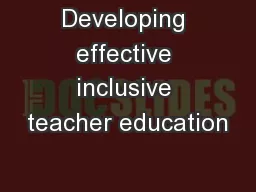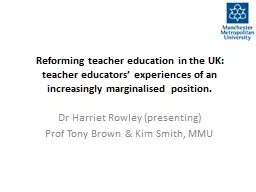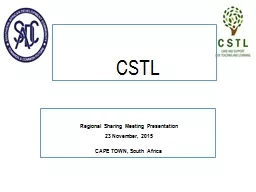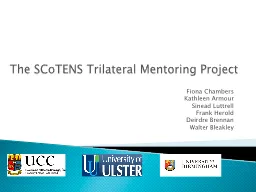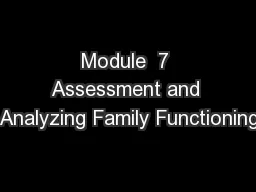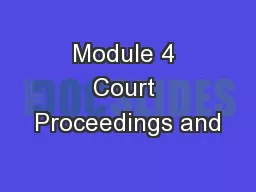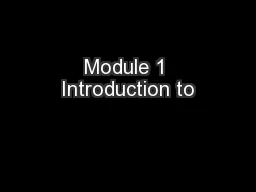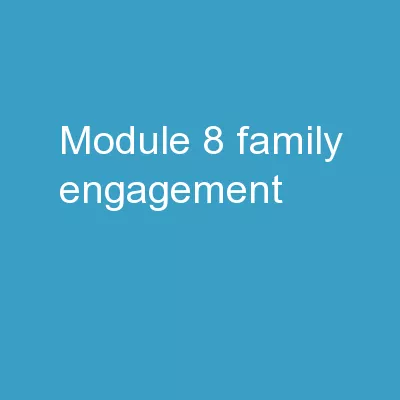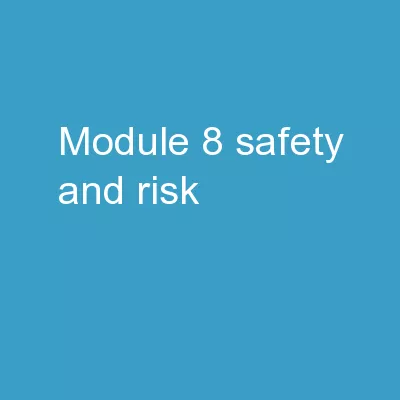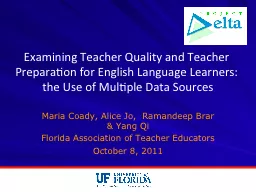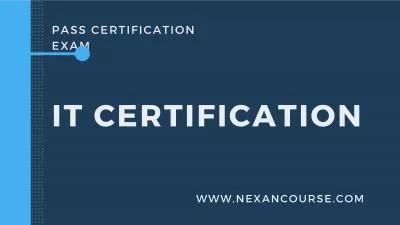PPT-CSTL PRE-SERVICE TEACHER EDUCATION MODULE
Author : cheryl-pisano | Published Date : 2018-03-13
Sindisiwe Malindzisa University Of Swaziland CSTL Sharing MeetingCoastal Hotel Durban South Africa 2224November 2016 CSTL PRESERVICE MODULE SWAZILAND Module working
Presentation Embed Code
Download Presentation
Download Presentation The PPT/PDF document "CSTL PRE-SERVICE TEACHER EDUCATION MODUL..." is the property of its rightful owner. Permission is granted to download and print the materials on this website for personal, non-commercial use only, and to display it on your personal computer provided you do not modify the materials and that you retain all copyright notices contained in the materials. By downloading content from our website, you accept the terms of this agreement.
CSTL PRE-SERVICE TEACHER EDUCATION MODULE: Transcript
Download Rules Of Document
"CSTL PRE-SERVICE TEACHER EDUCATION MODULE"The content belongs to its owner. You may download and print it for personal use, without modification, and keep all copyright notices. By downloading, you agree to these terms.
Related Documents

